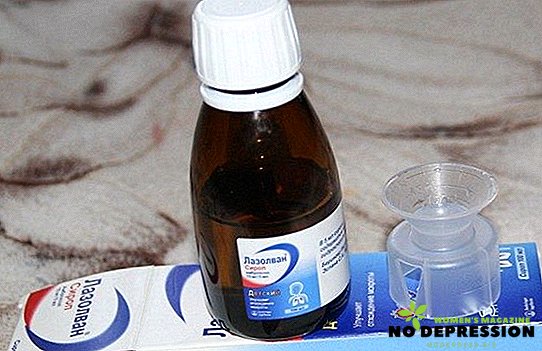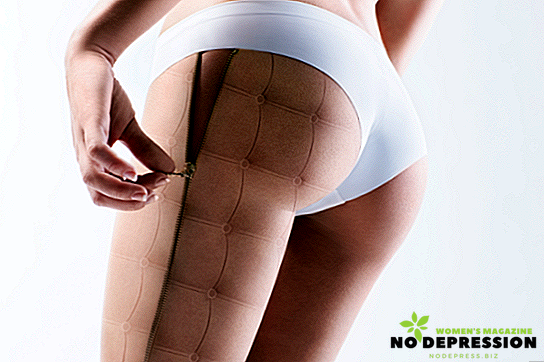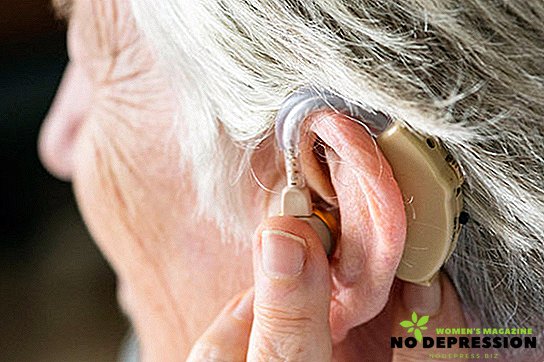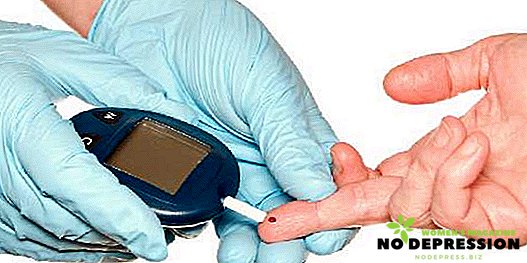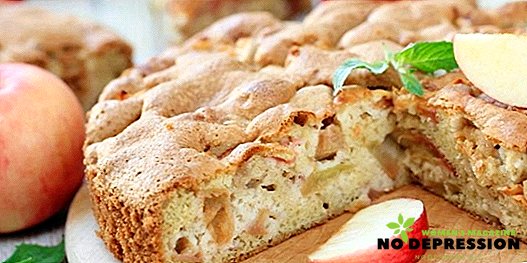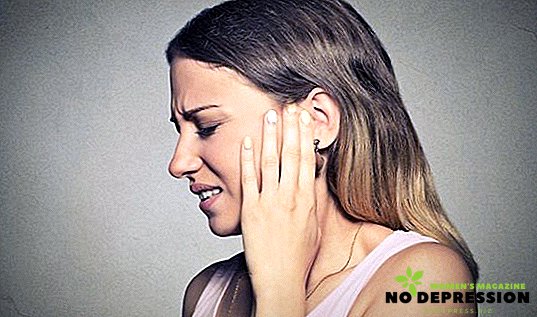Obstructive bronchitis is a diffuse inflammation of the bronchi, which is accompanied by severe bronchial spasms, problems and impaired pulmonary ventilation.
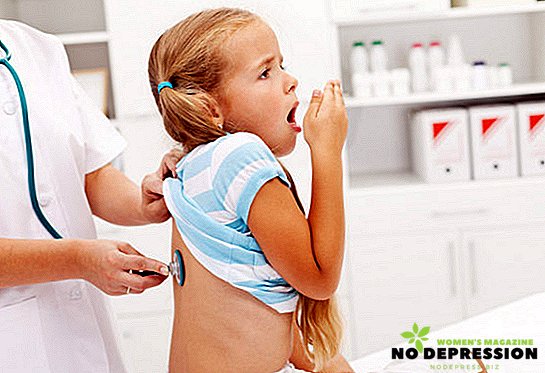
What is obstructive bronchitis?
Obstructive bronchitis is an inflammatory disease of the bronchial tree, in which there is an unproductive cough, sputum, shortness of breath. Translated from Latin, the word "obstruction" translates as "an obstacle" that quite accurately reflects the essence of the disease: as a result of the narrowing of the lumen of the respiratory tract, air hardly reaches the lungs. And the term bronchitis speaks of inflammation of the small tubes - the bronchi.
This disease is characterized by the fact that in the bronchi not only the inflammatory process develops, but also the mucous membrane is damaged, which can lead to:
- spasms of the bronchial walls;
- tissue swelling;
- accumulation in the bronchial mucus.
And because of the thickening of the walls of blood vessels, the bronchial lumen narrows, which causes breathing problems, difficulty in excretion of sputum.
What are its forms emit
Obstructive bronchitis is divided into two forms - chronic and acute, and each has its own characteristics.
Acute
It is most common in children under 4 years old, but an adult can also become sick with the acute form. For its development it is necessary that other predisposing factors join the inflammatory process.
So, this pathology may develop in the background:
- ARVI, bronchitis with improper treatment;
- constant contact with the allergen;
- permanent stay in poor environmental conditions.
Chronic
In this form of the disease, the symptoms may be absent for a long time. The disease occurs with alternating periods of remission and exacerbations, most often caused by hypothermia, respiratory diseases. Clinical symptoms occur during an exacerbation, depend on the stage of the pathology, the degree of bronchial lesions.
Causes and stages of the disease
Most often obstructive bronchitis occurs for the following reasons:
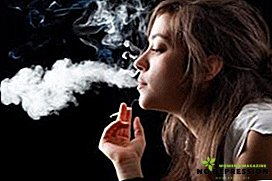 frequent colds;
frequent colds;- chronic nasopharyngeal diseases;
- bad ecology;
- smoking;
- harmful working conditions (for example, if a person inhales inhale particles of substances that contribute to the development of this pathology);
- hereditary factors.
There are also several internal factors that can cause the development of this pathology. These include the second blood group, the deficiency of immunoglobulin A and the enzyme alpha1-antitrypsin.
The progressive development of pathology is characterized by a decrease in the volume of forced inspiration per second, which is expressed as a percentage of the standard value.
Depending on this, there are three stages:
- from 50% or more - in this case, the disease does not affect the quality of life;
- 49-35% - in this case, signs of respiratory failure may appear. At this stage, it is desirable to be systematically monitored by a pulmonologist;
- 35%. In this case, there is a sharp decrease in tolerance to stress. It is mandatory to require high-quality inpatient or outpatient treatment.
Symptoms in children and adults
The main complaint with this disease is a strong and cutting cough that causes many unpleasant sensations. However, this symptom occurs in many other diseases, because it is so important to know other signs.
The main symptoms of this disease include:
- temperature rise;
- dry cough, which is usually worse in the evening;
- respiratory rate may increase (usually more pronounced in children);
- during exhalation, wheezing may appear, which can be heard even at a great distance.
 If time does not begin treatment, shortness of breath may appear, indicating that there is a large accumulation of sputum in the bronchi. Also, in acute severe form, whistling can be observed.
If time does not begin treatment, shortness of breath may appear, indicating that there is a large accumulation of sputum in the bronchi. Also, in acute severe form, whistling can be observed.
In the chronic form of the disease, a cough also appears, but the temperature may be within the normal range. In some cases, bronchospasms may be accompanied by hemoptysis.
In the later stages of the disease, this pathology may resemble asthma: the patient can hardly breathe, at the exit - wheezing and whistling.
During periods of remission, there is slight sweating, slight shortness of breath, and a wet cough in the morning.
Diagnostic measures for obstructive bronchitis
This diagnosis is made on the basis of the study of the clinical picture of the patient and after his examination. So, during auscultation, wet rales may be heard, and their tone may vary with coughing.
The complex of laboratory studies includes:
- blood and urine tests;
- taking immunological samples;
- determination of blood gas composition;
- sputum examination.
The specialist must also distinguish obstructive bronchitis from pneumonia, asthma, tuberculosis, and lung cancer. The following studies may be assigned for this:
- Spirometry, in which the study of indicators of inhalation and exhalation with the help of a spirograph. The main criteria for assessing the severity of diseases include such indicators as: VC, FEV1, PIC.
- Roentgen OGK, in which you can see the expanded bronchi or an increase in airiness of the pulmonary fields.

Proper treatment
With the correct treatment of obstructive bronchitis, you can very quickly put a person on his feet. First of all, the patient is prescribed strict bed rest, after at least a week, you can go for a walk in the fresh air.
When medication is prescribed:
- Adrenoreceptors. These drugs will help increase the bronchial lumen, remove unpleasant symptoms. These include terbutaline, salbutamol.
- Bronchodilators, which help to quickly remove spasms of the bronchi. For example, Eufillin, Teofedrin.
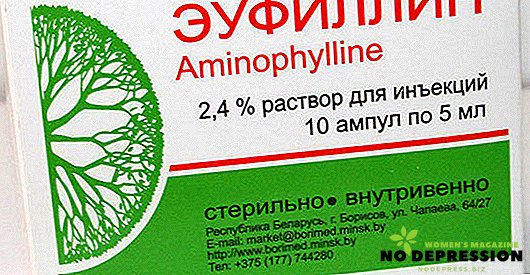
- Anticholinergics. Drugs needed to restore the body, relieve swelling and inflammation: Becotid, Ingakort.
- Mucolytics that help to quickly release phlegm. The most famous drugs: Lasolvan, Bromhexin, Sinekod, Ambroxol.
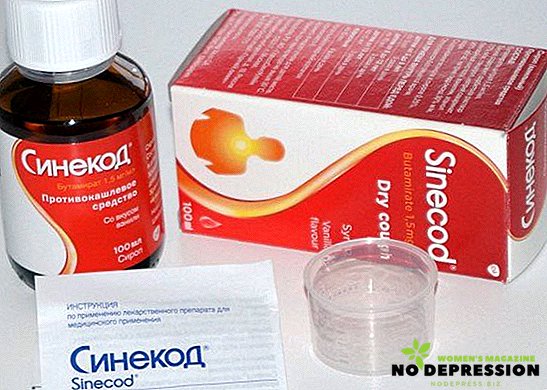
It is very important to follow all the recommendations of the attending physician so that the acute form of bronchitis does not flow into the chronic one, since in this case the treatment will be longer.
In case of deterioration, you should immediately consult a doctor, because in this case there is a danger of blockage of the respiratory tract. In this case, an IV may be prescribed, taking mucolytics and antibiotics.
Traditional medicine
In identifying this disease, you can use not only drugs, but also traditional methods. However, before using them, you should always consult with your doctor to avoid unpleasant complications.
The most famous and effective means of traditional medicine include:
- Propolis tincture. To prepare it, you need to take 10 g of propolis, pour 100 ml of alcohol, mix everything thoroughly and leave for two weeks. Take the tincture of 10 drops before meals.
- Propolis cakes. They need to put on his chest all night. Suitable for the treatment of acute or chronic forms of obstructive bronchitis. Use this tool with strong inflammation and temperature can not.
- Kalina is an effective folk remedy. Viburnum with honey is especially useful: mix 200 g of berries with the same amount of honey, add 120 ml of water. Moreover, the resulting mixture should be cooked until complete evaporation of moisture. After the mass has cooled, you need to pour it into a glass container. On the first day, take the tool for 1 tsp. every hour, on the second and third day - 1 tsp. every three hours.
- Tangerine tincture. To make it, you need to take 50 g of dry peel, finely chop it, put it in a saucepan and pour 1 liter of water, cook for about an hour on minimal heat. After that, strain the product, place in a glass jar and store in the refrigerator. Take 1 tbsp. before eating.
It is important to remember that traditional methods of treatment should not be used as the main method of therapy - they can only act as an additional treatment. Also, be careful of the components of traditional medicine, since many of them can cause a strong allergic reaction.
Reviews on the treatment of children
Just discharged from the hospital. The treatment was quite long: they inhaled, drank antibiotics. Despite the fact that the doctor says that there are no symptoms, sometimes it seems to me that the child is breathing with a whistle of some kind, but maybe this will pass. I will try now several ways of traditional medicine, they say that it is best to use viburnum, because it is both effective and natural.
Olga, 31 years old
In time not cured ARVI and was the cause of the occurrence of this disease in a child. Thank God, I noticed the appearance of wheezing right away: they went to the doctor, prescribed antibiotics for us, but I did not give them to the child: propolis tinctures helped us.
Tatyana, 27 years old


 frequent colds;
frequent colds;


